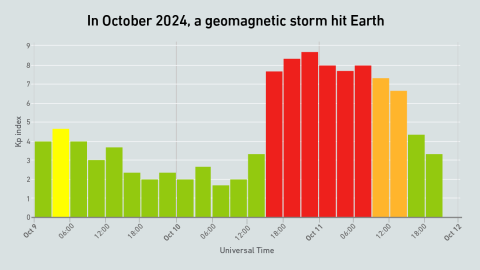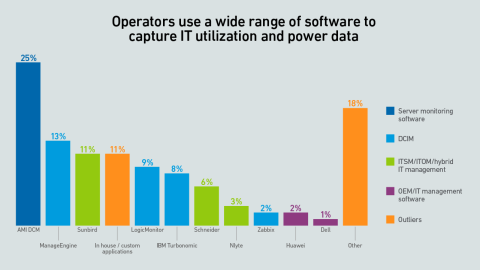Dedicated GPU infrastructure can beat the public cloud on cost. Companies considering purchasing an AI cluster need to consider utilization as the key variable in their calculations.
filters
Explore All Topics
Uptime Intelligence looks beyond the more obvious trends of 2025 and examines some of the latest developments and challenges shaping the data center industry.
As a quick reference, we have provided links below to all the research reports published by Uptime Intelligence in 2024, by month. Research areas focused on 1) power generation, distribution, energy storage; 2) data center management software; 3)…
As AI supercharges the growth in data center energy demands, new developments are likely to be increasingly politicized. Central governments may support their expansion, but opposition from local authorities and environmentalists will grow.
Supersized generative AI models are placing onerous demands on both IT and facilities infrastructure. The challenge for next-generation AI infrastructure will be power, forcing operators to explore new electrification architectures.
Power grids are under stress, struggling to meet future demand and increasingly prone to outages. More utilities will expect data centers to contribute power — and be more flexible in their use of power.
Hydrogen from renewable sources is in short supply. While future plentiful supplies are planned, currently only a very small number of data centers are using hydrogen for standby power.
Powerful solar storms have already brought warnings of disruption to electricity grids and their customers twice in 2024 — and the Sun’s activity has yet to peak. Why do data centers and power utilities appear to have escaped unscathed?
Some operators are using natural gas for on-site power where the local grid is constrained. This will increase their emissions — but gas is essential in the transition to renewable energy and operators’ use of it is best seen in this light.
AI training clusters can show rapid and large swings in power consumption. This behavior is likely driven by a combination of properties of both modern compute silicon and AI training software — and may be difficult to manage at scale.
Generative AI models brought about an influx of high-density cabinets. There has been much focus on how to best manage thermal issues, but the weight of power distribution equipment is a potentially overlooked concern.
Pulling reliable power consumption data from IT is increasingly important for operators. Although third-party software products offer promise, significant roadblocks still hinder adoption.
UPS systems are the number one root cause of significant and severe outages. Analysis of reliability data from data center management software provider Fulcrum Collaborations sheds more light on the prevalent UPS component failures.
Densification is — once again — high on the agenda, with runaway expectations largely due to compute power requirements of generative AI workloads. Will this time be different? Uptime’s 2024 global survey of data center managers offers some clues.
Hydrogen is a promising energy storage medium that can help decarbonize infrastructure. It is not a great fit for the majority of data centers, and the hydrogen economy is not fully developed.
 Owen Rogers
Owen Rogers

 Andy Lawrence
Andy Lawrence
 Daniel Bizo
Daniel Bizo
 Douglas Donnellan
Douglas Donnellan
 Max Smolaks
Max Smolaks
 Peter Judge
Peter Judge






 Jacqueline Davis
Jacqueline Davis

 Jay Dietrich
Jay Dietrich



 John O'Brien
John O'Brien

 Jabari Williams-George
Jabari Williams-George


